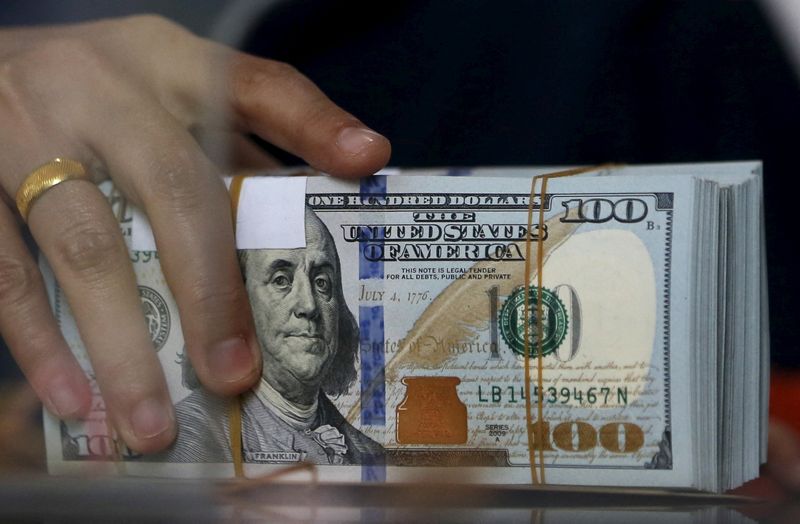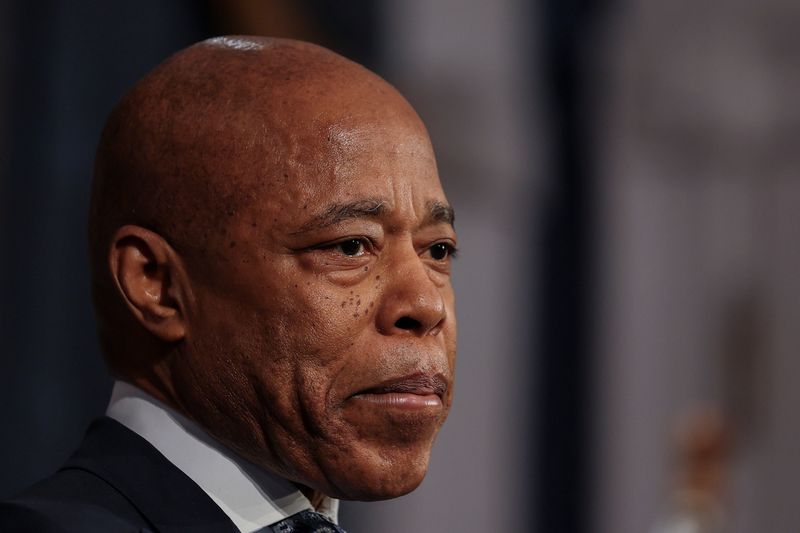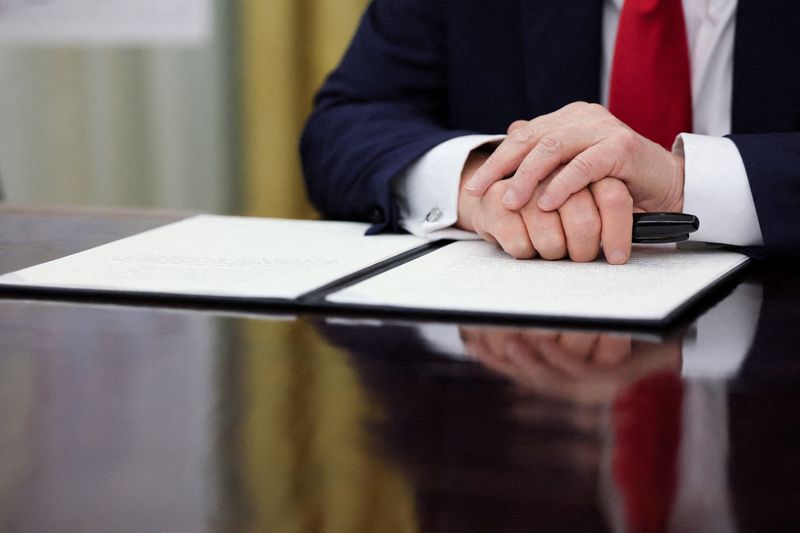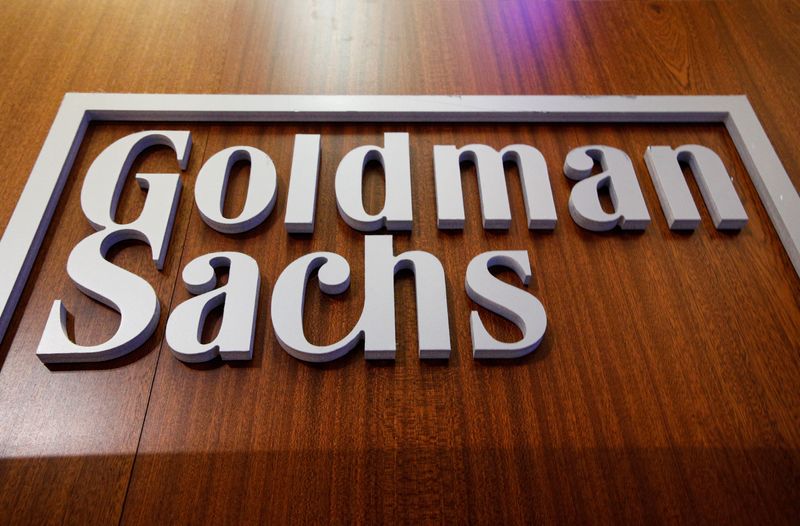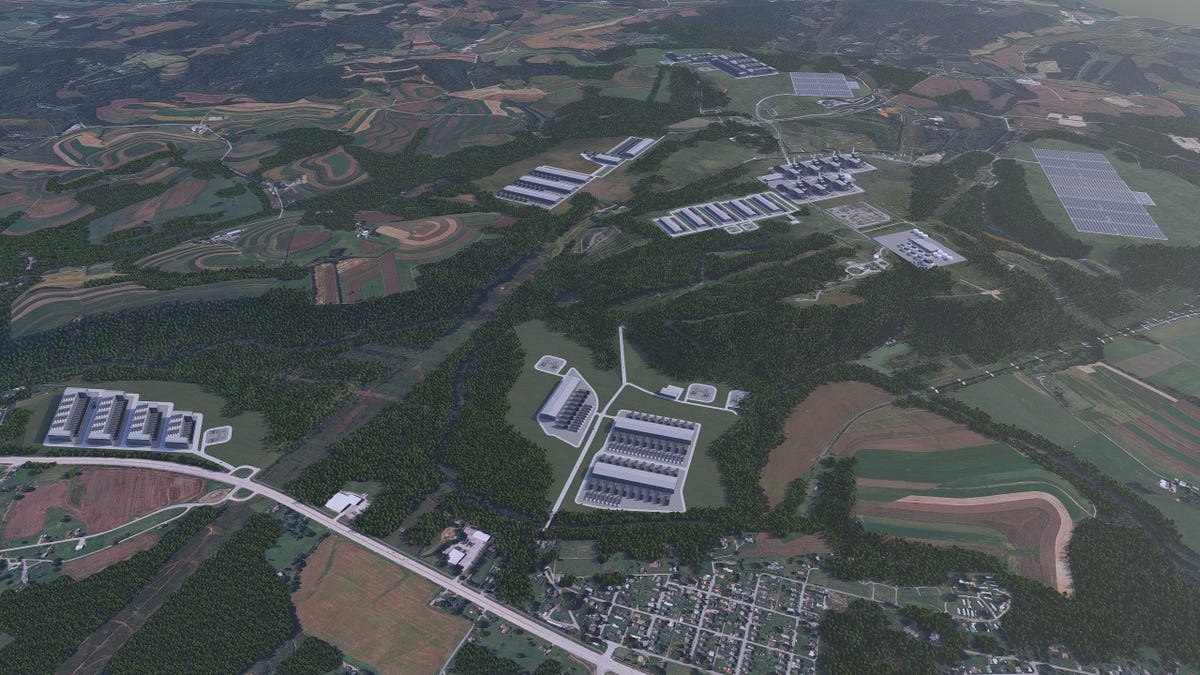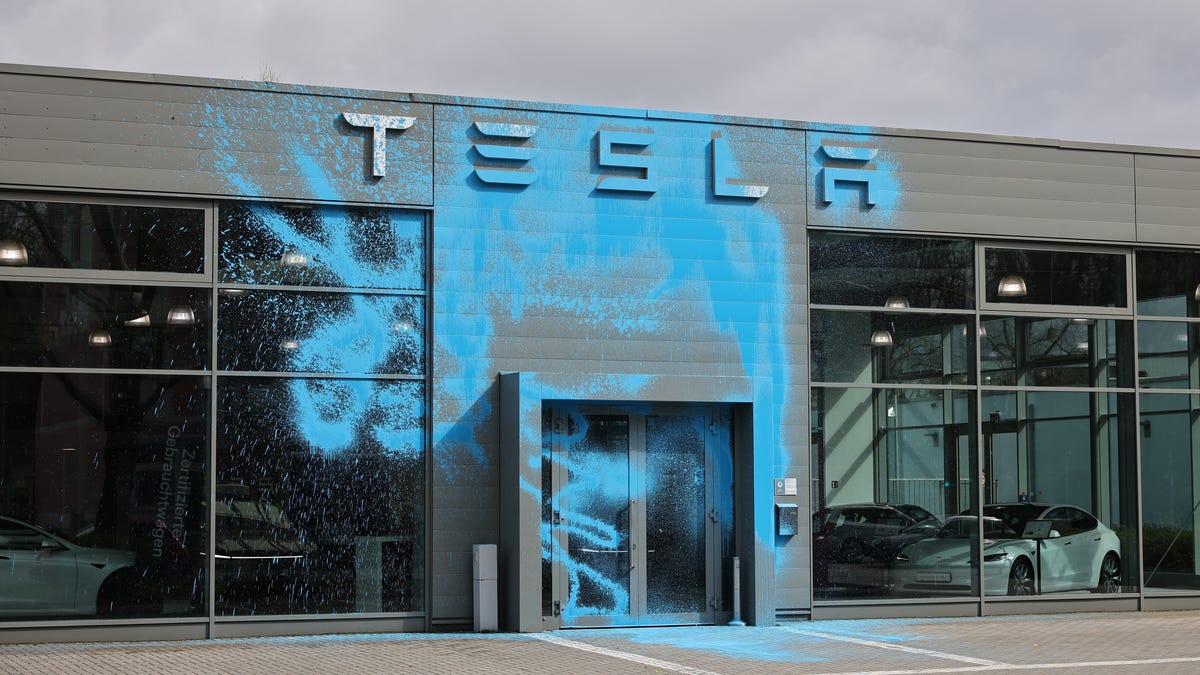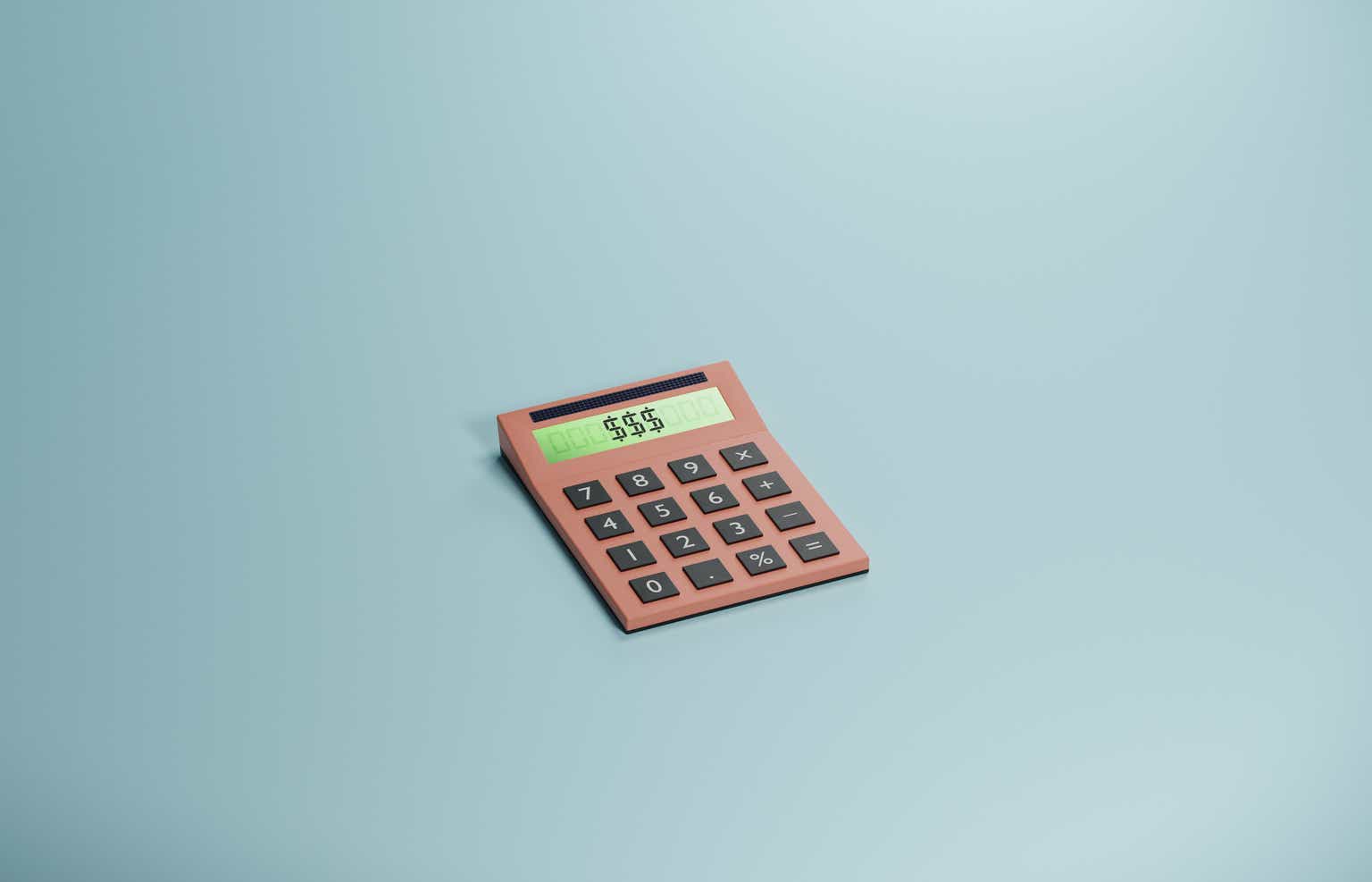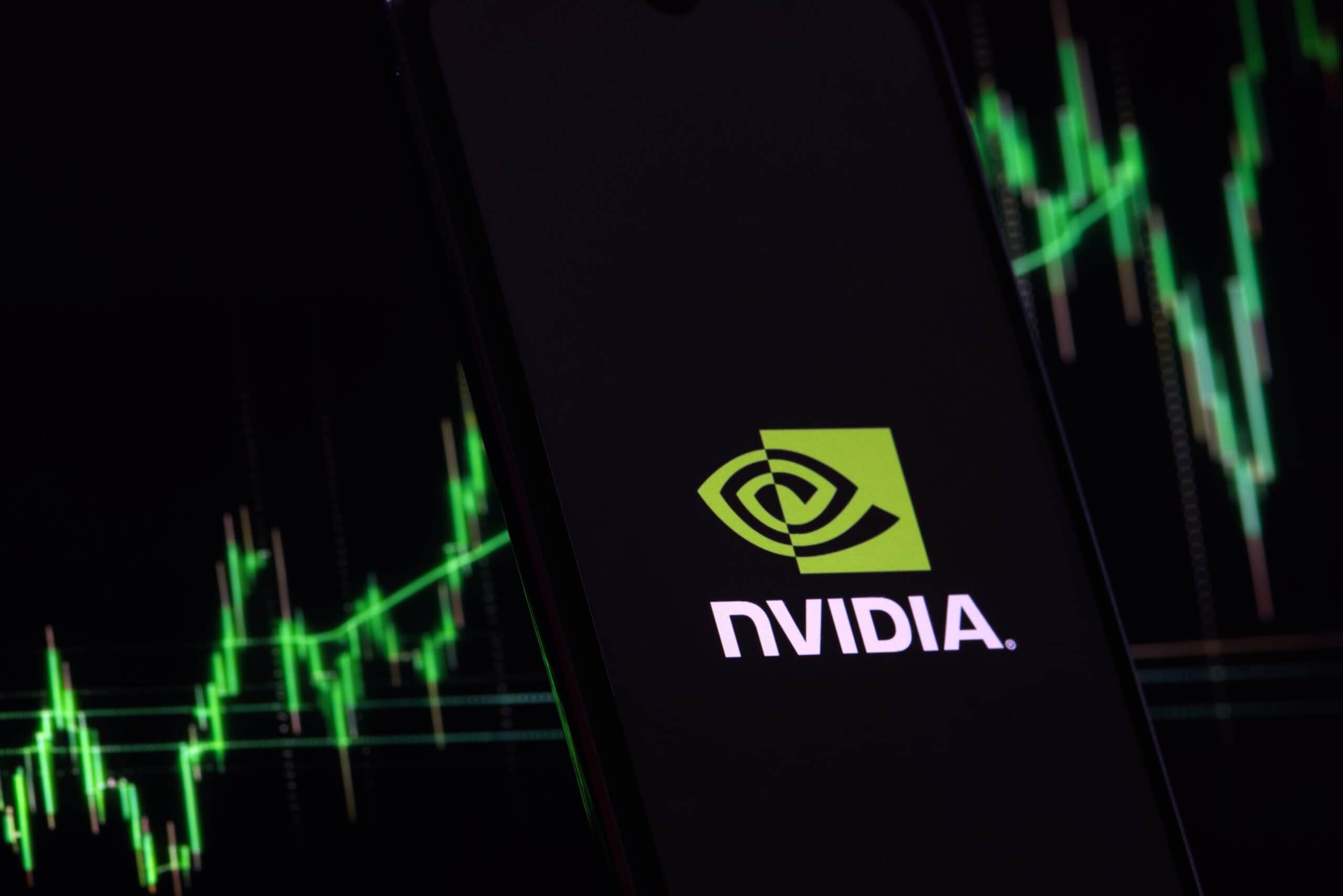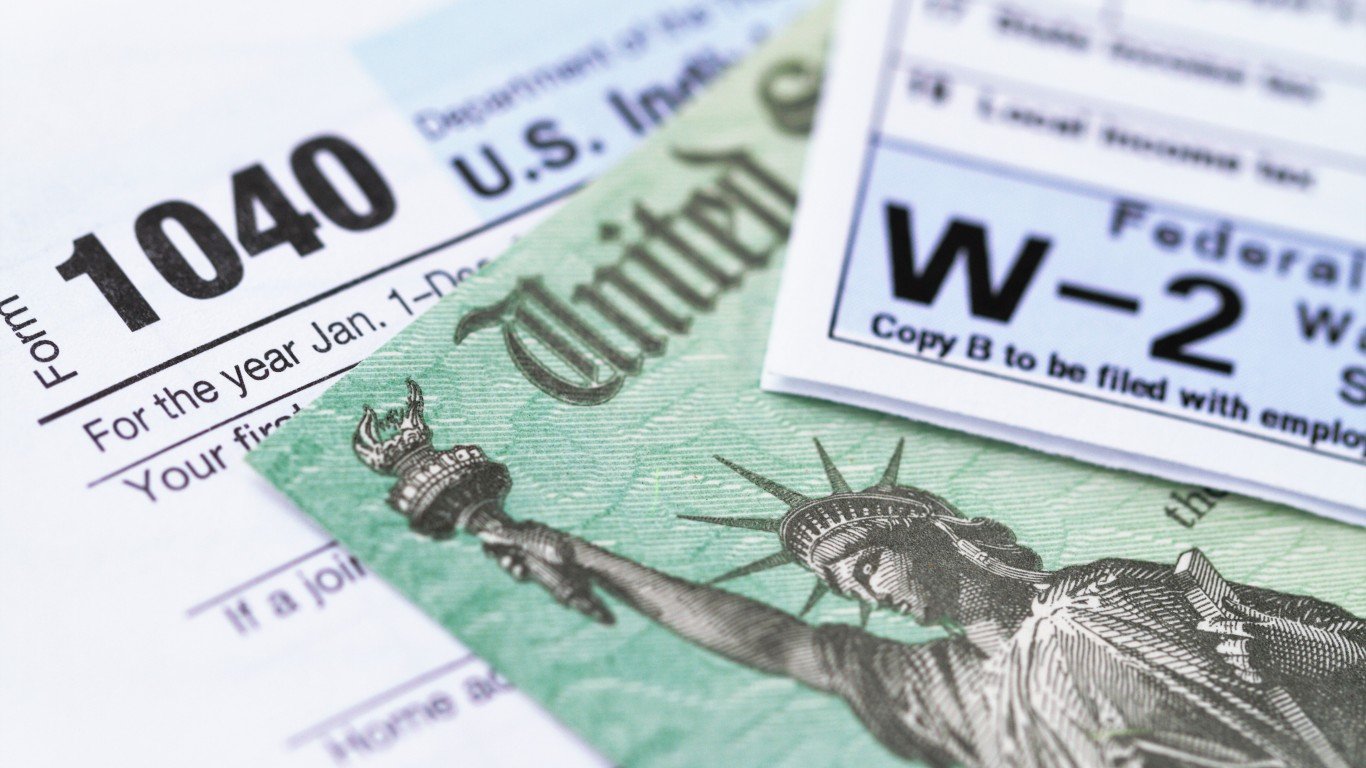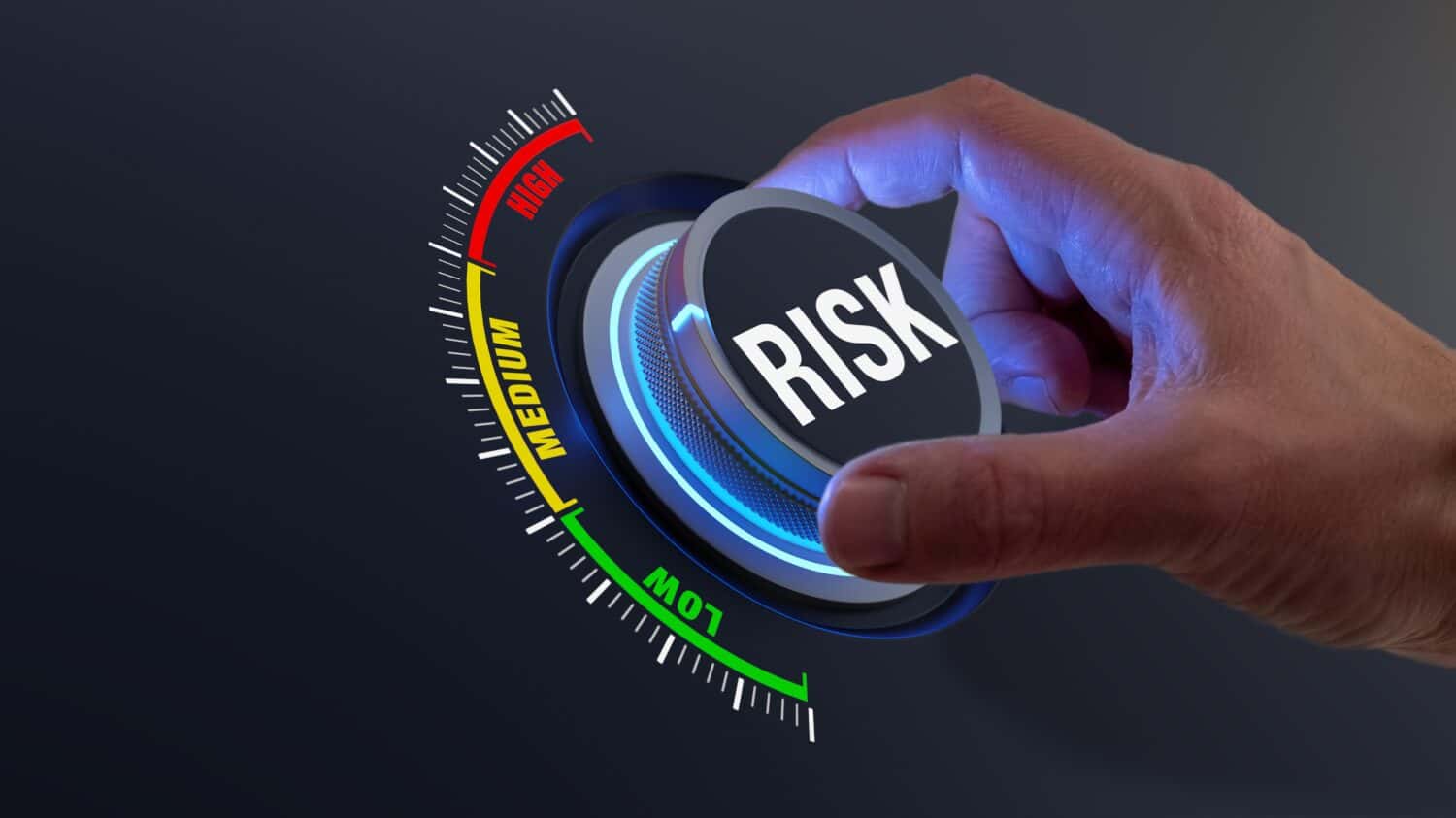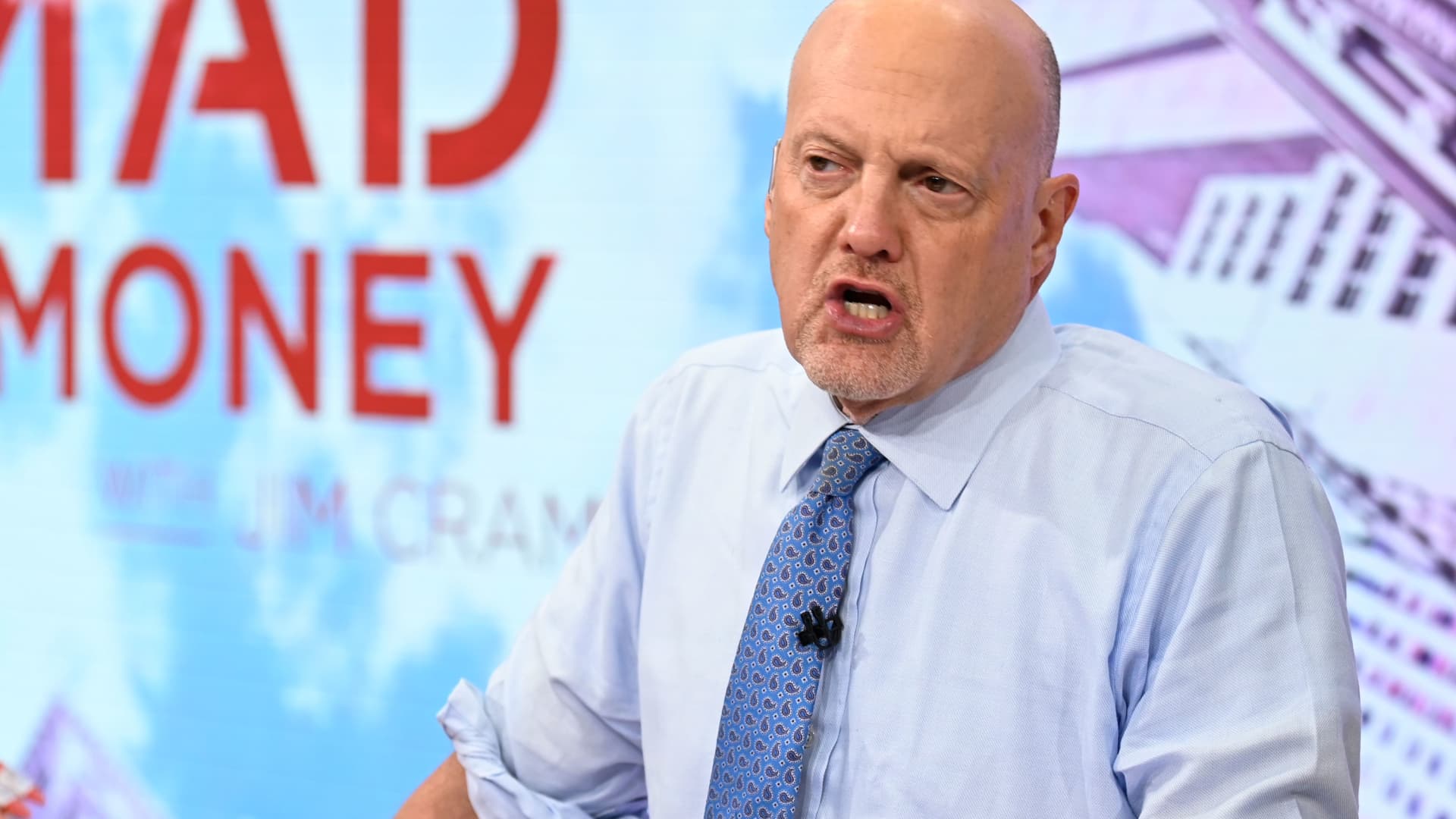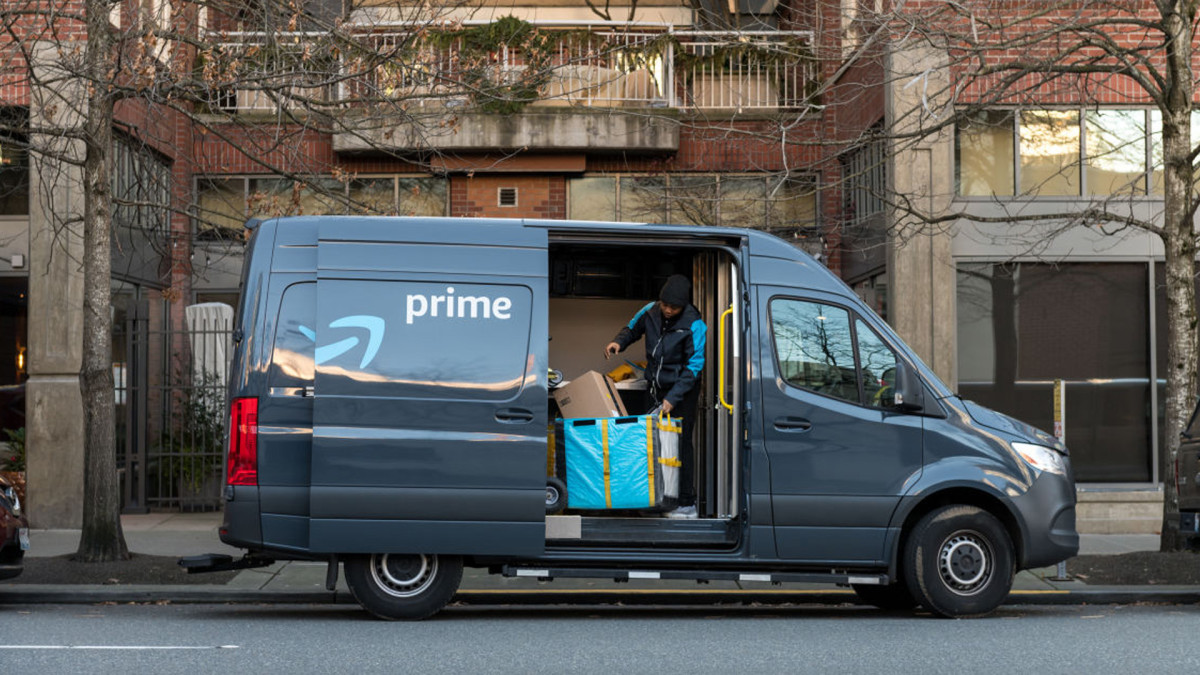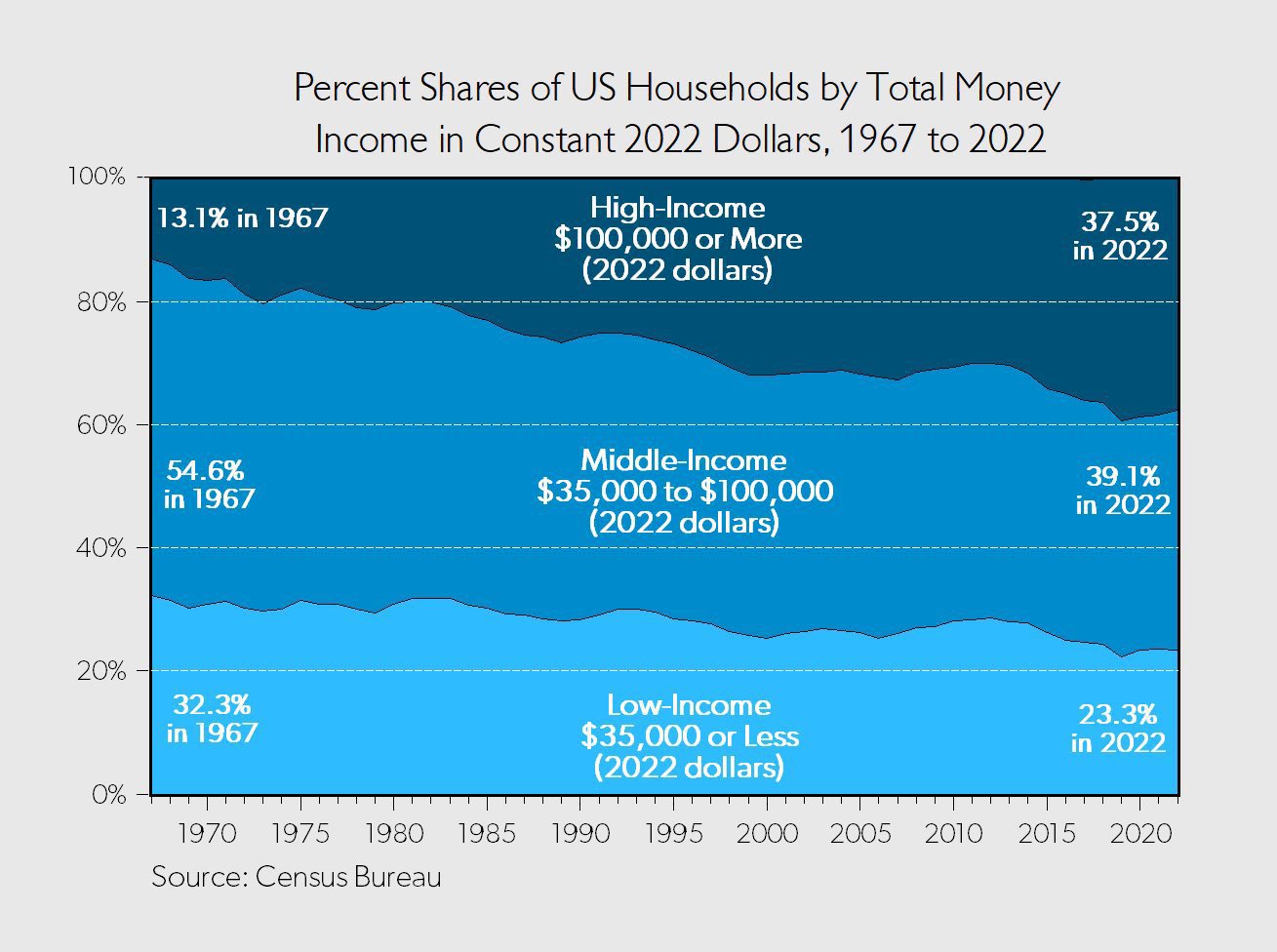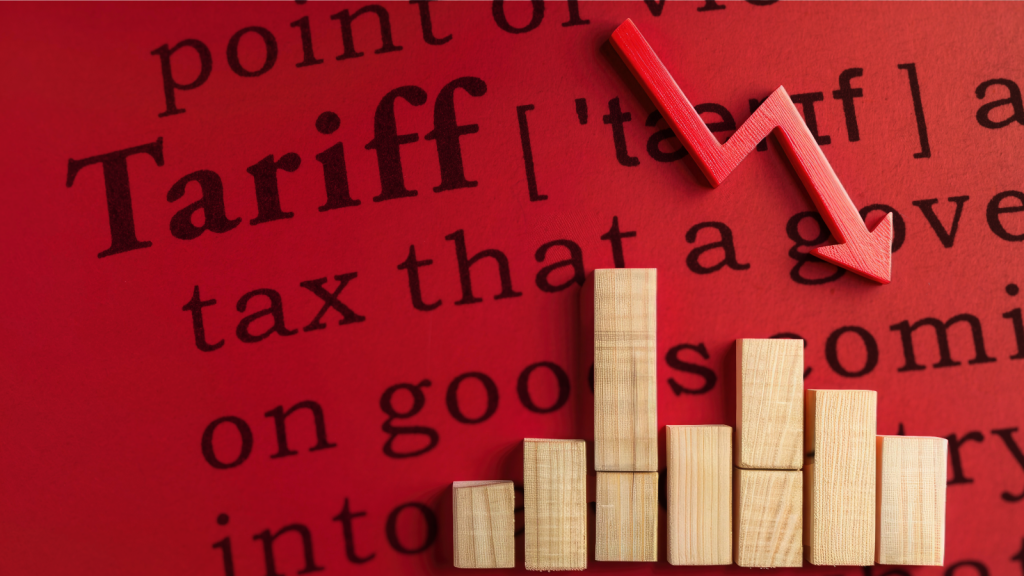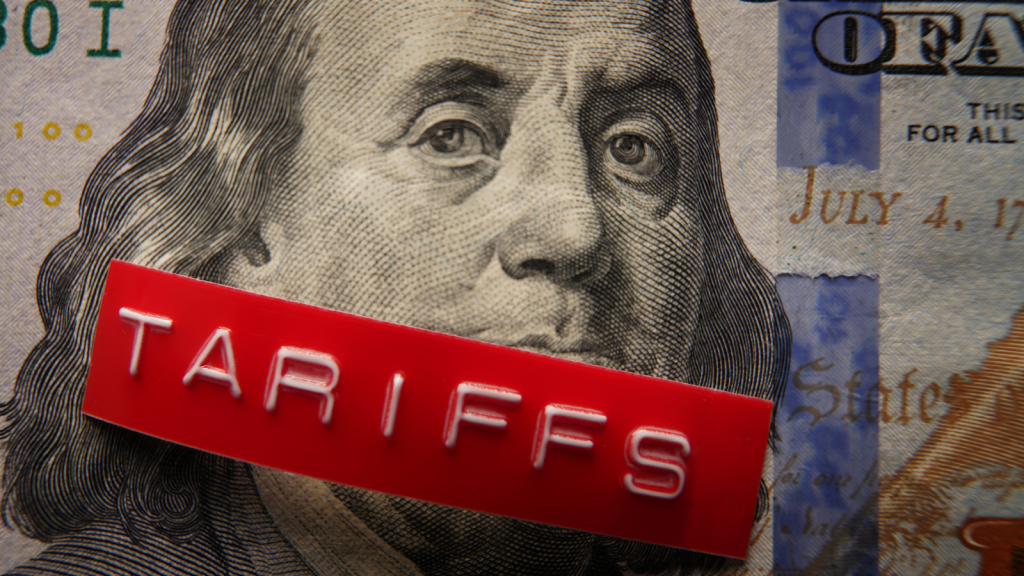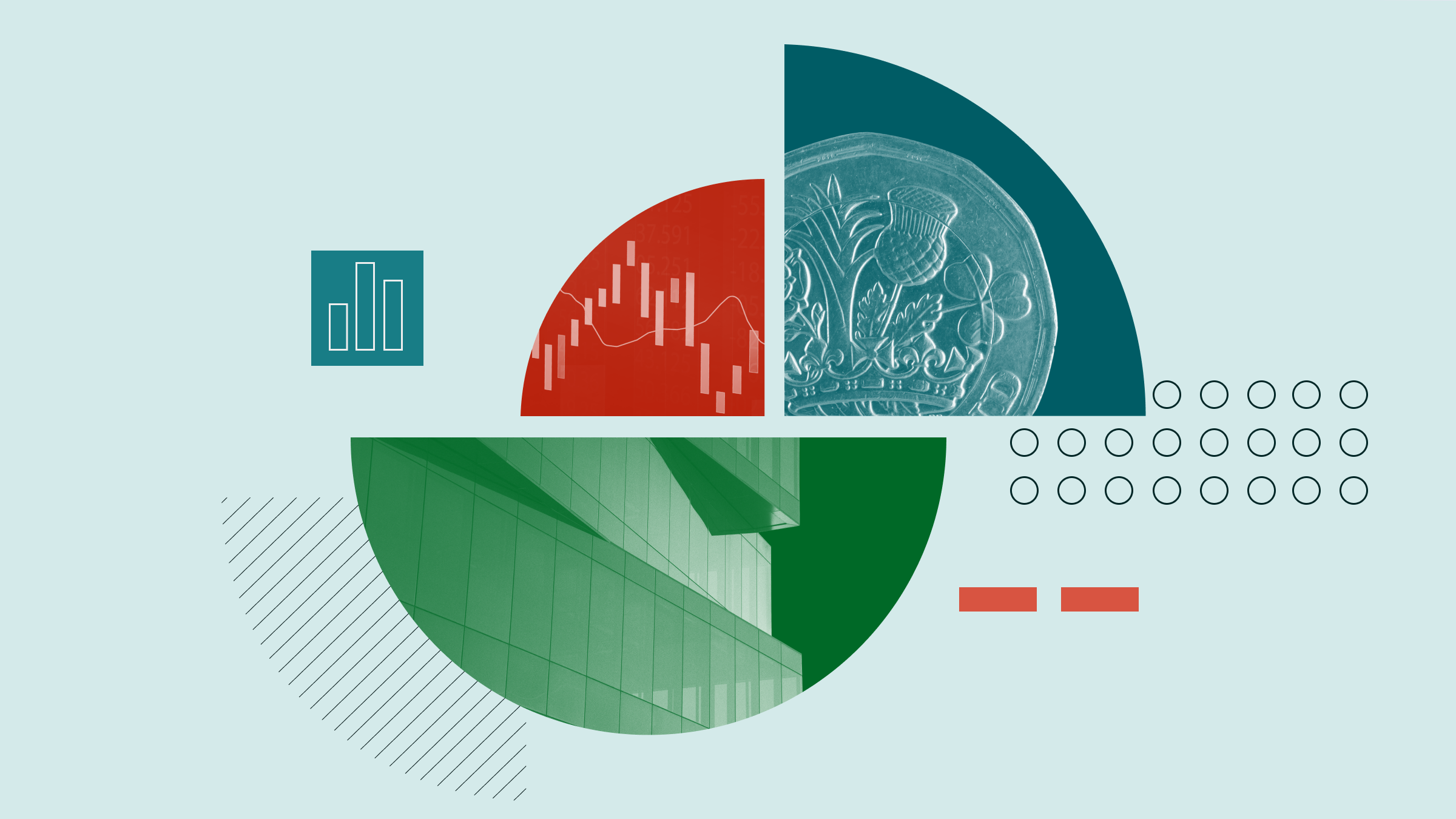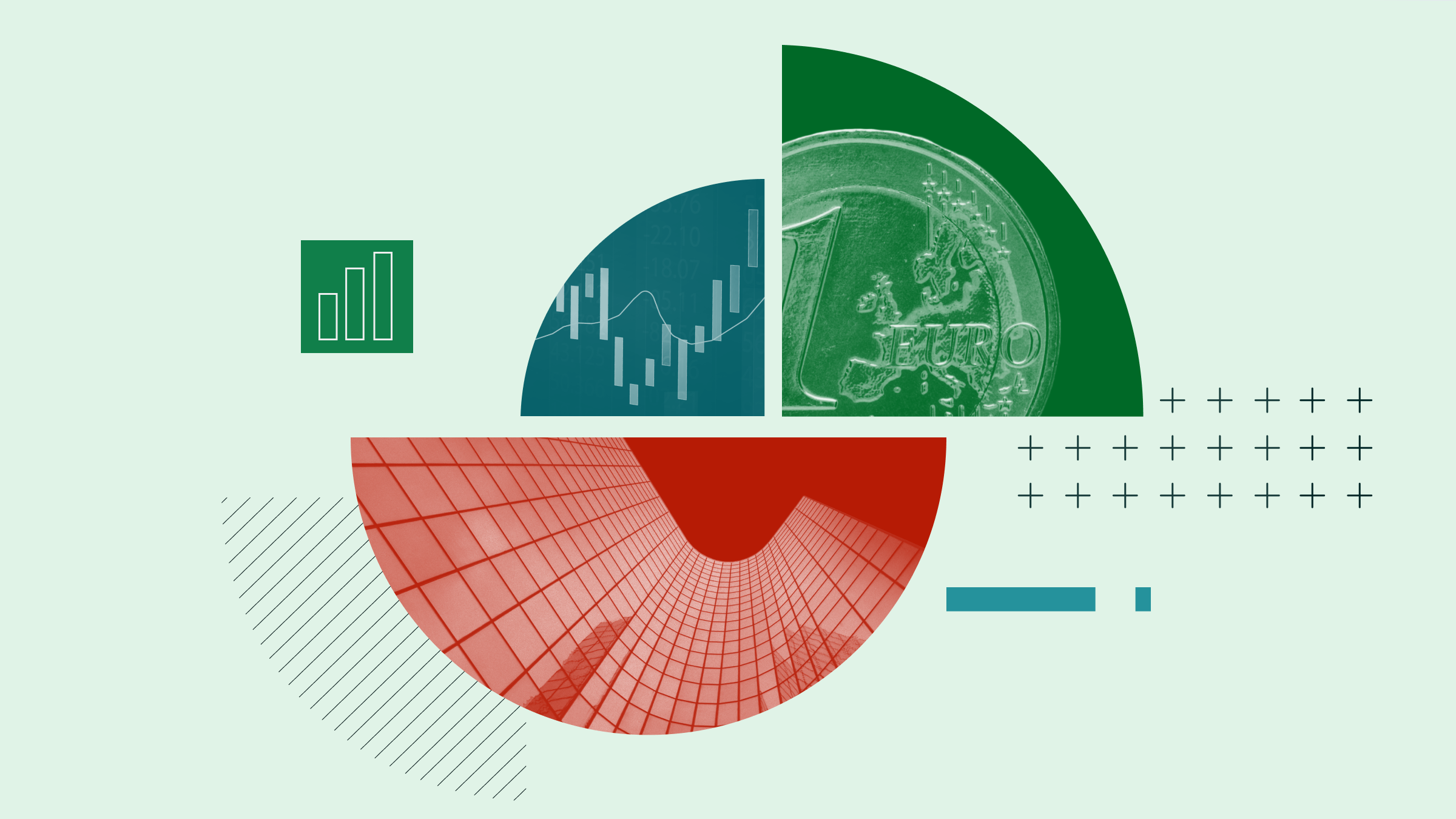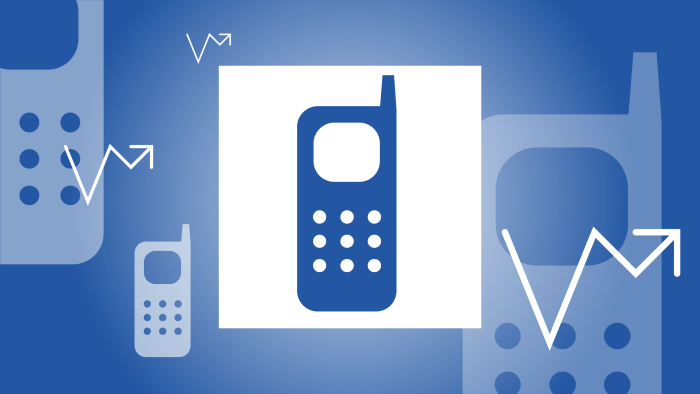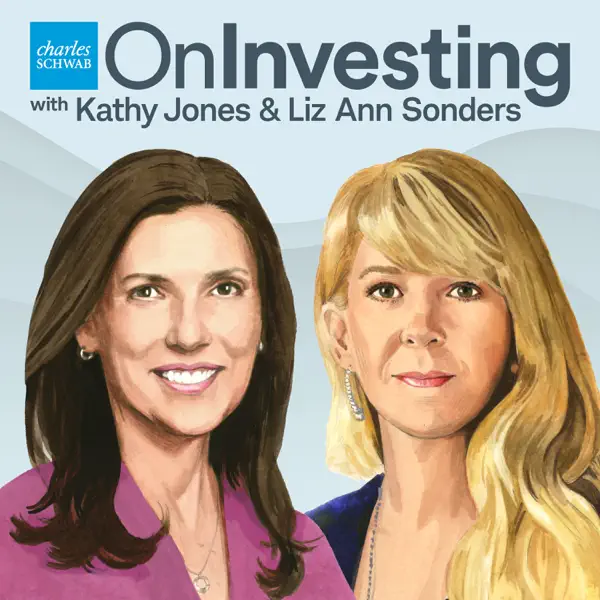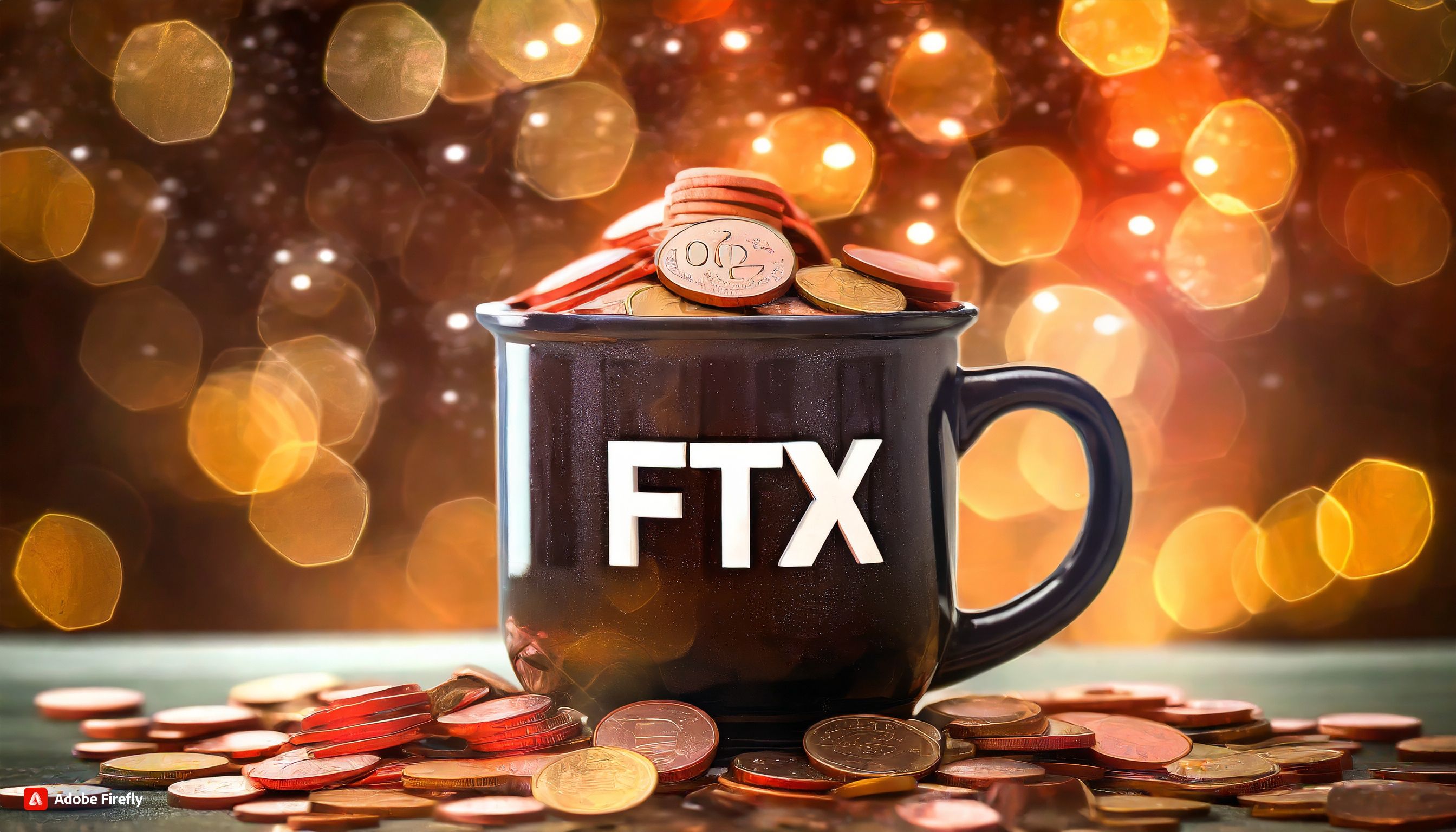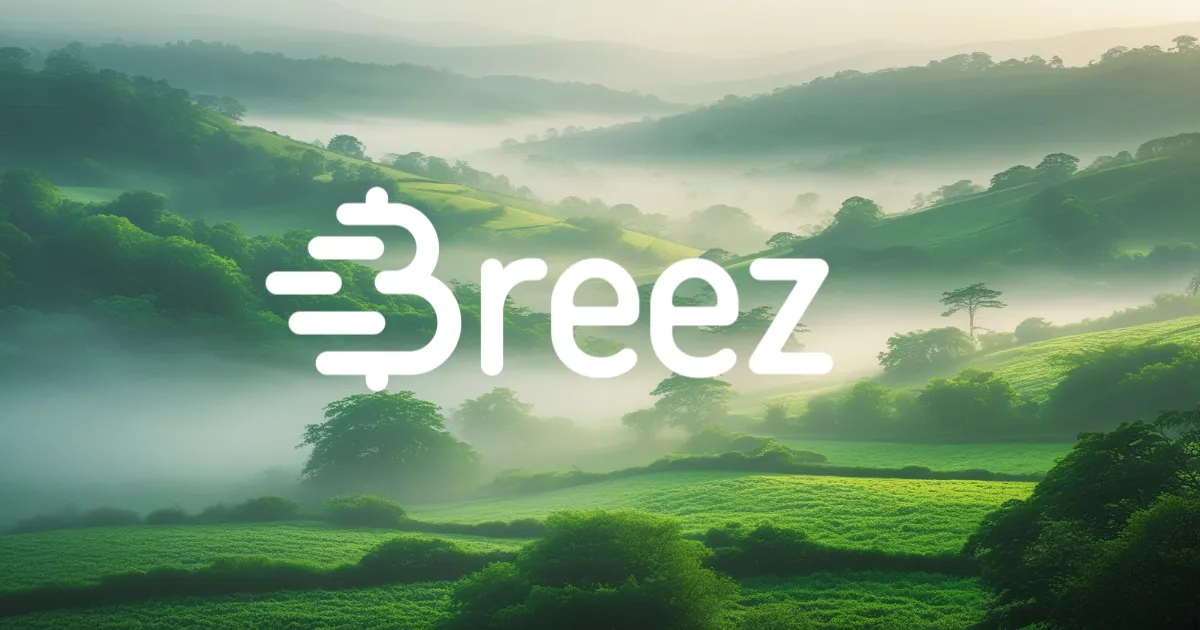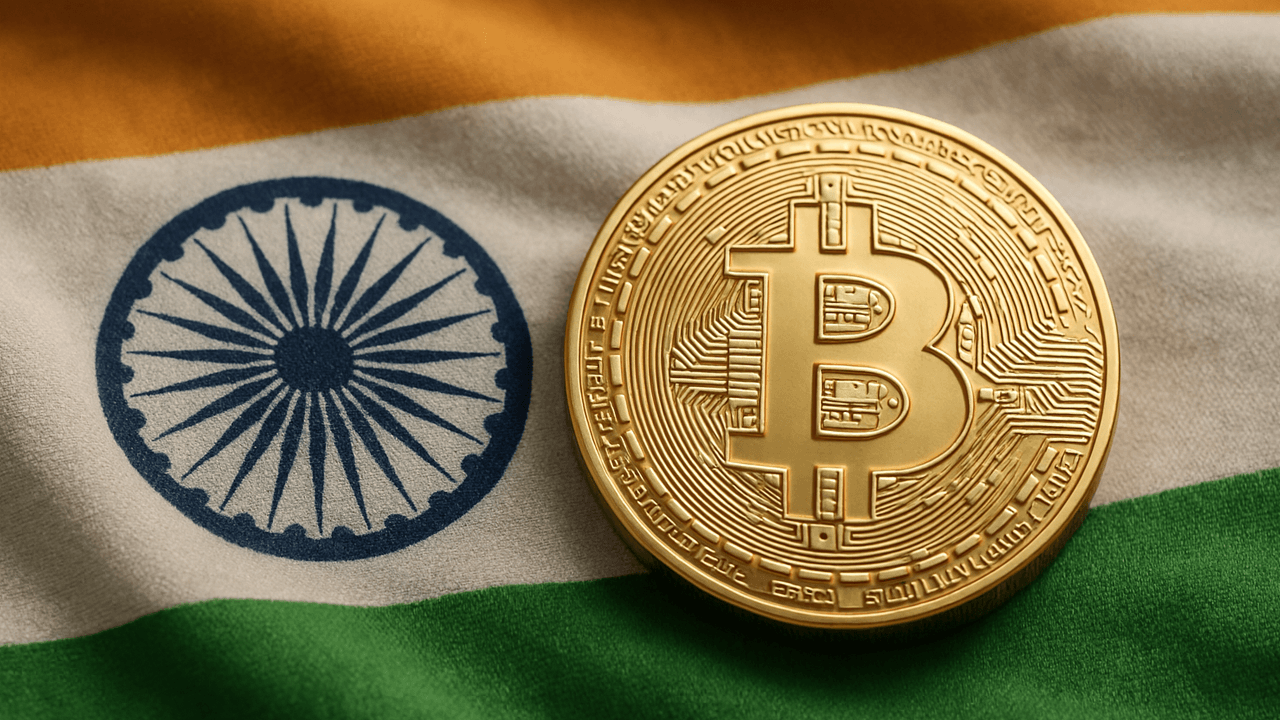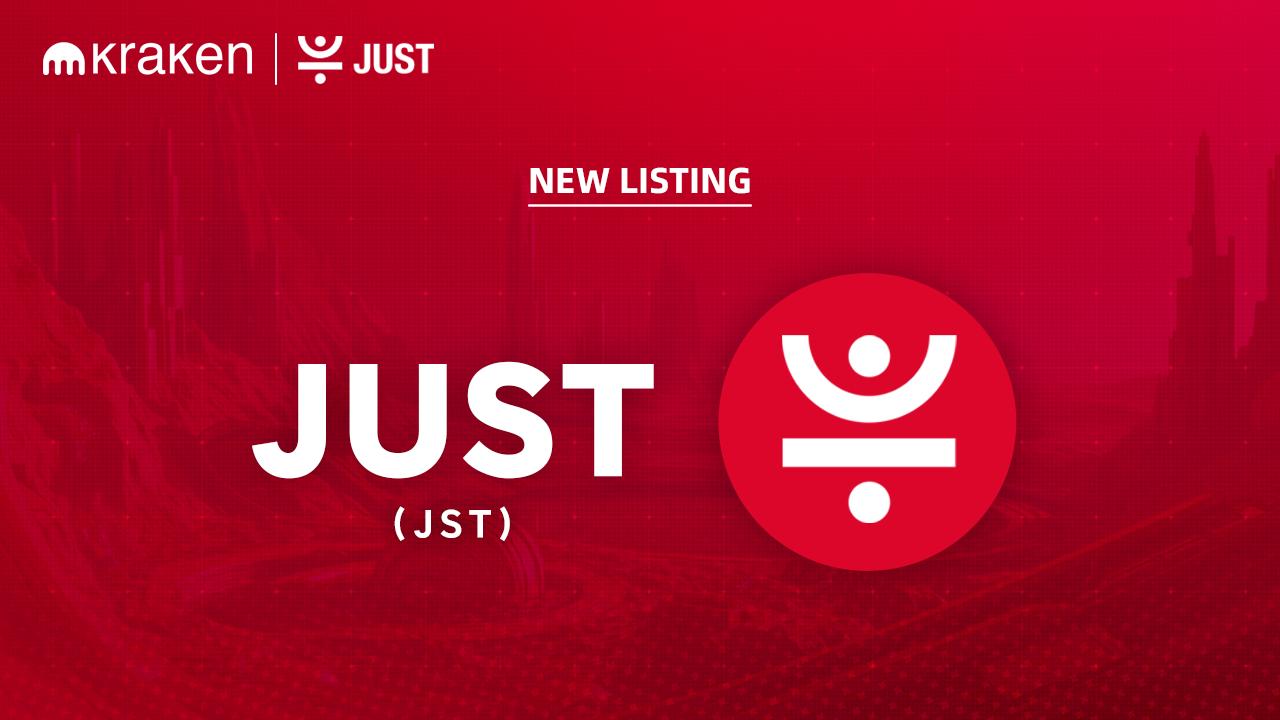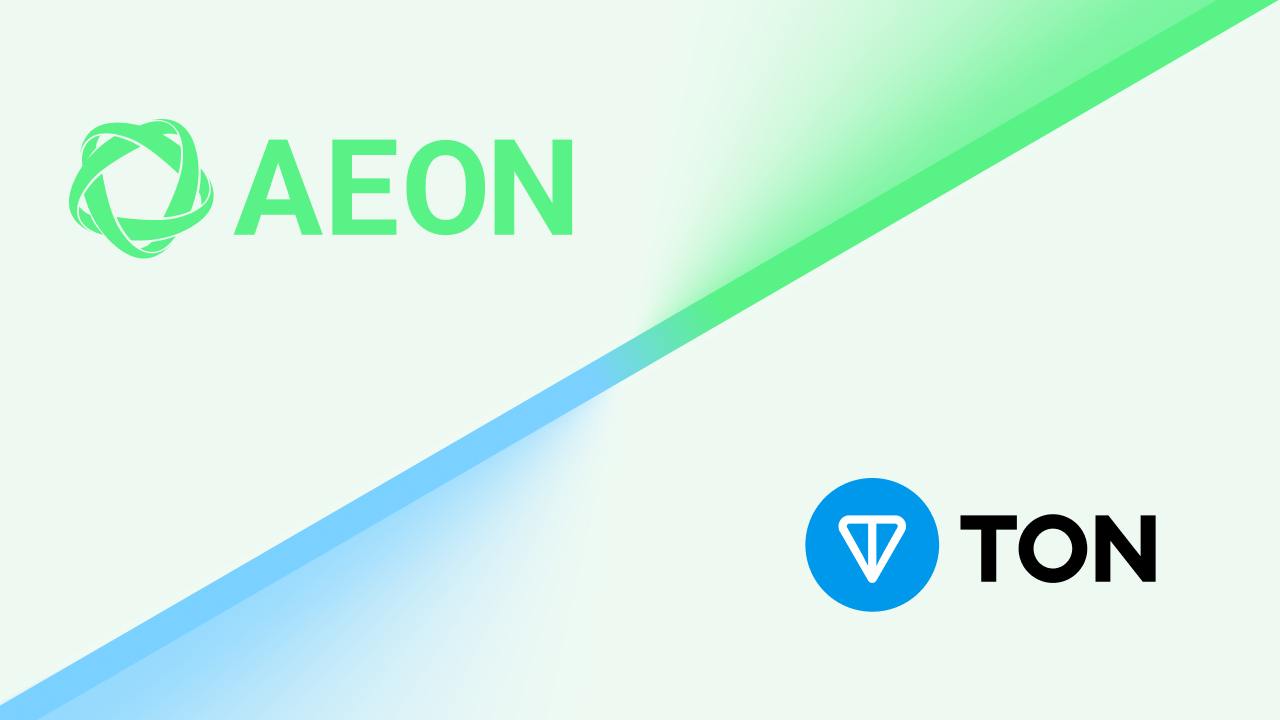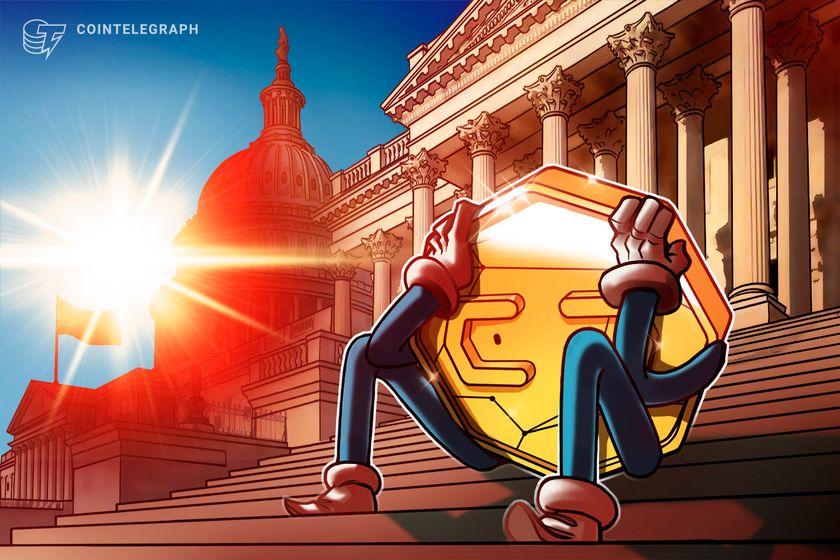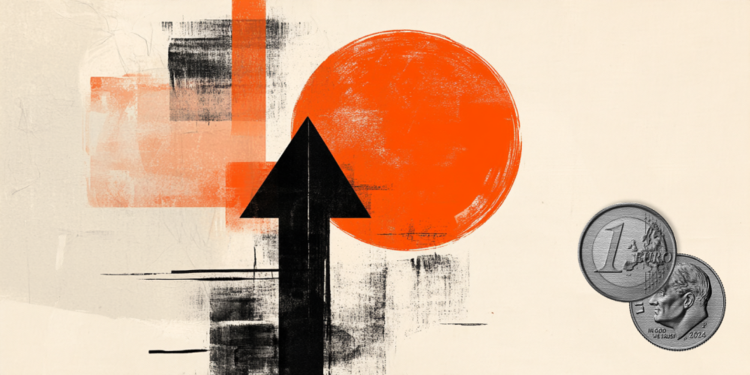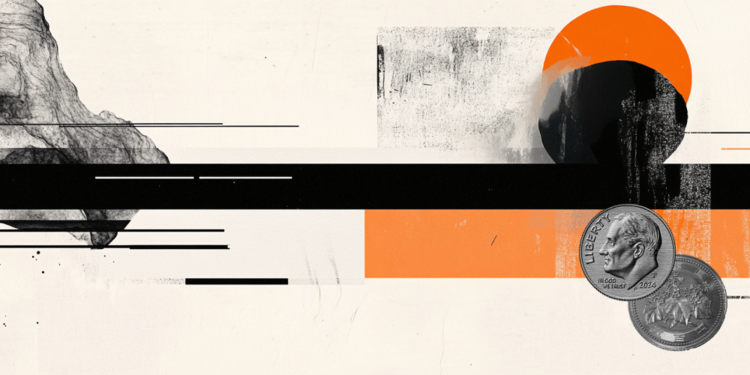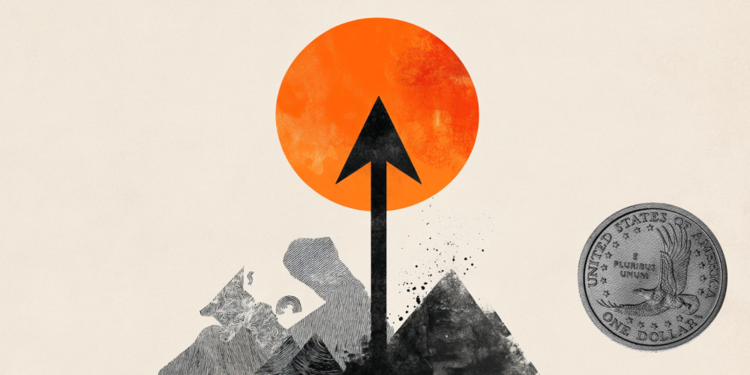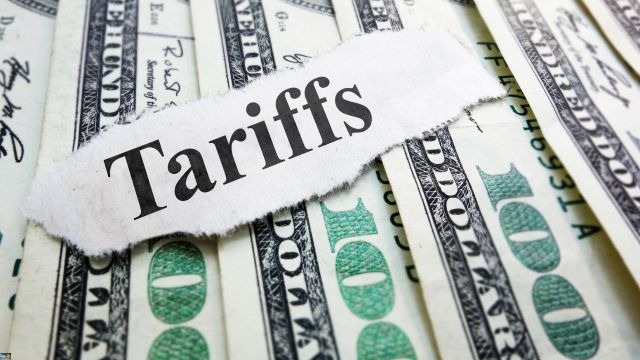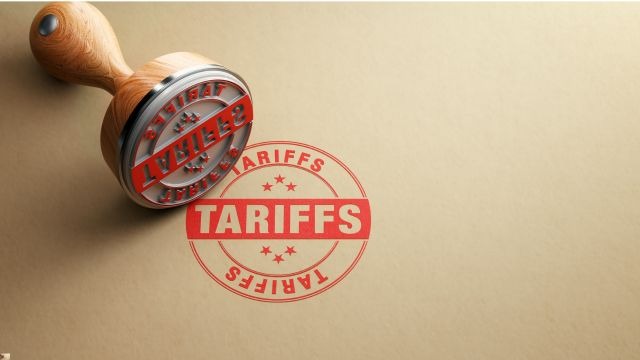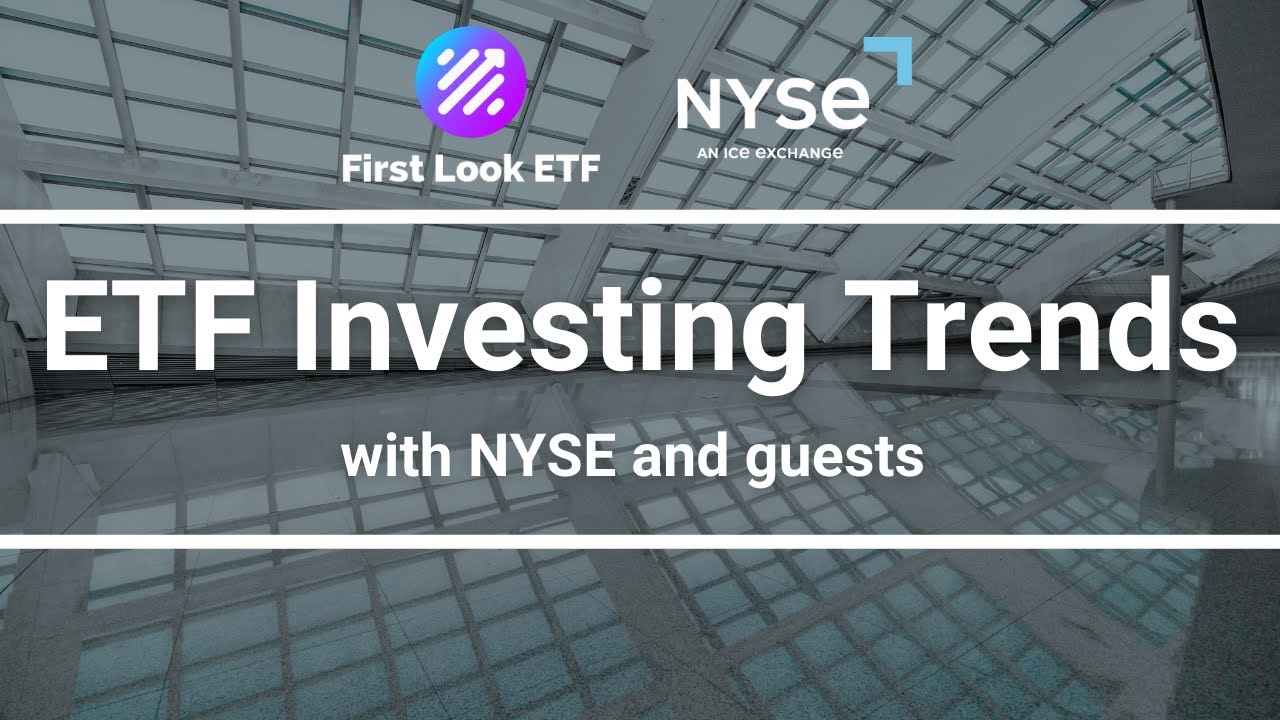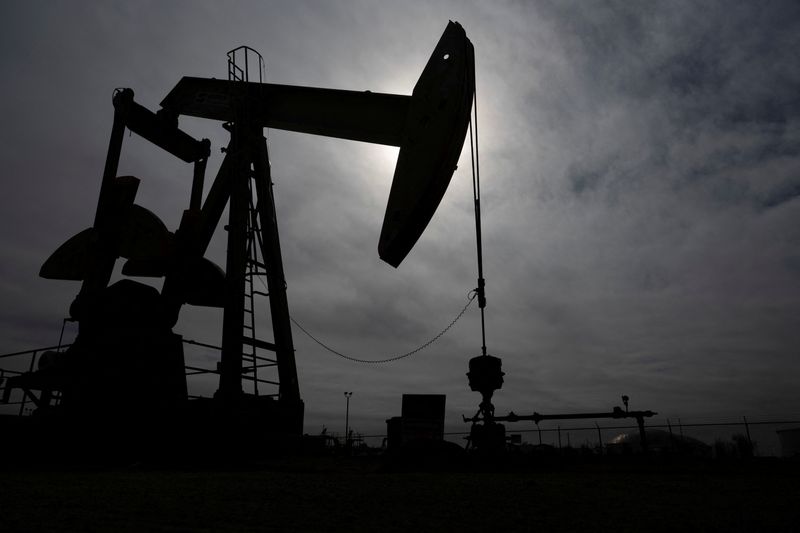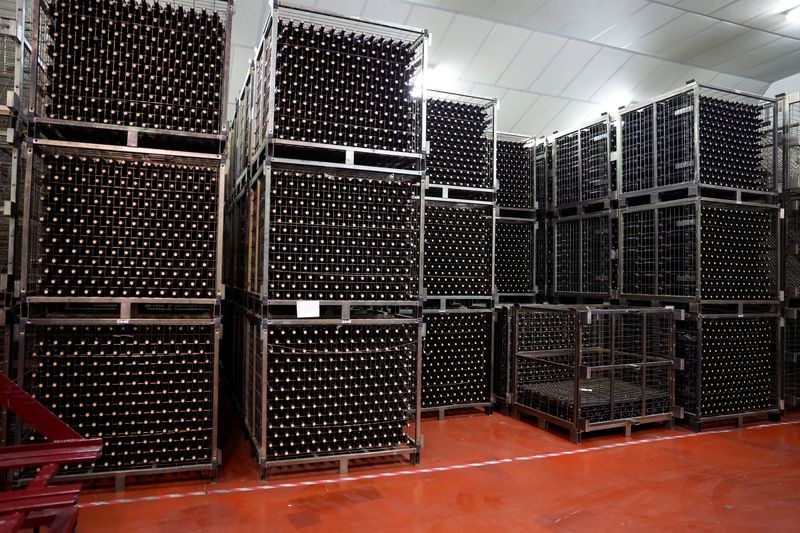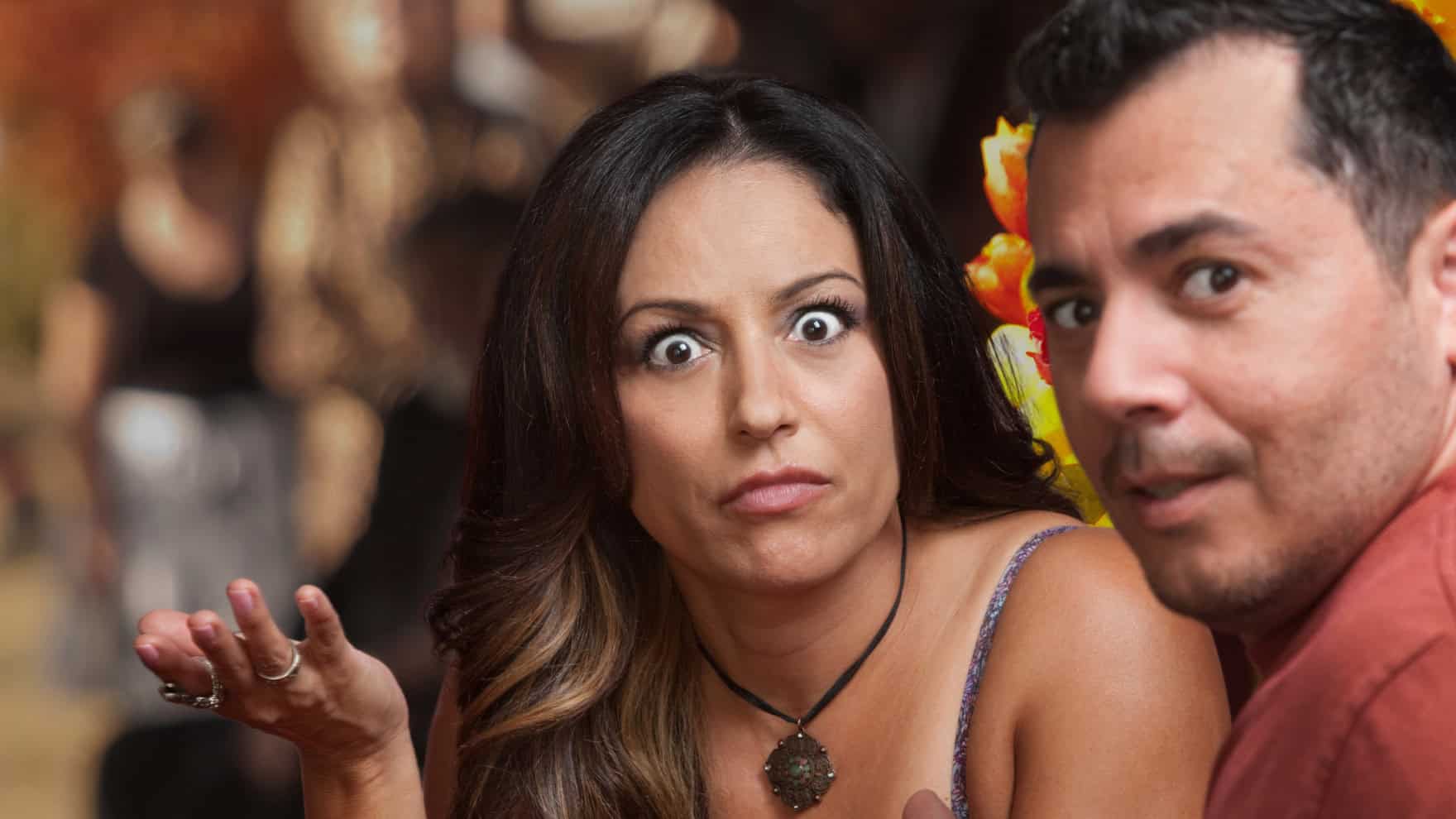The Hidden Costs of Buying a Home No One Talks About
Buying a home can be overwhelming, especially when it turns out to have hidden costs that break your budget. Before signing the next 30 years of your life away paying on a mortgage you can’t afford, here are some expenses to consider. 1. Appraisal An appraisal is usually required before a lender will give you […] The post The Hidden Costs of Buying a Home No One Talks About appeared first on 24/7 Wall St..
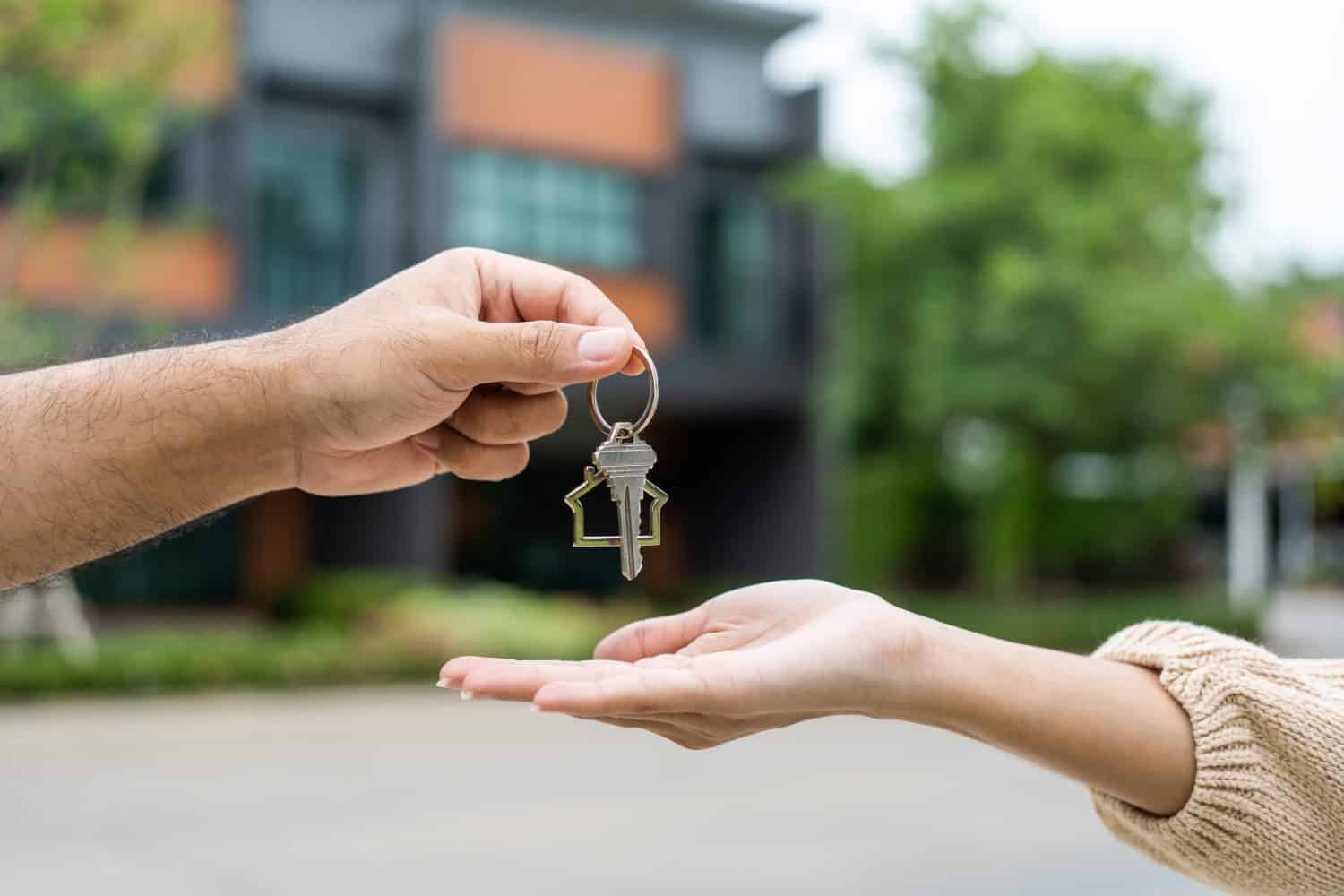
Buying a home can be overwhelming, especially when it turns out to have hidden costs that break your budget. Before signing the next 30 years of your life away paying on a mortgage you can’t afford, here are some expenses to consider.
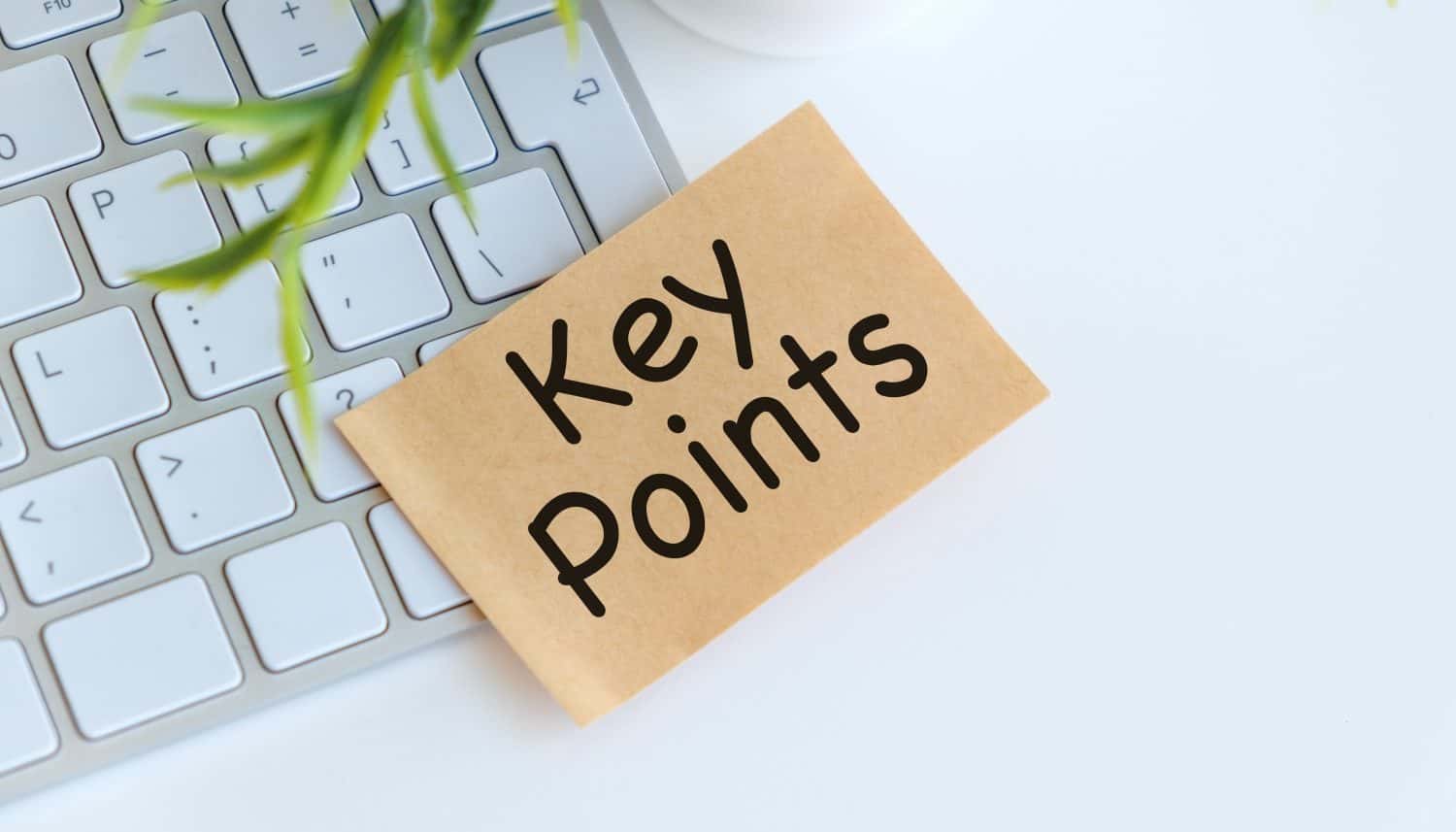
Key Points
-
There are substantial hidden costs in buying and maintaining a home that buyers need to budget for.
-
Are you ahead, or behind on retirement? SmartAsset’s free tool can match you with a financial advisor in minutes to help you answer that today. Each advisor has been carefully vetted, and must act in your best interests. Don’t waste another minute; get started by clicking here here.(Sponsor)
1. Appraisal

An appraisal is usually required before a lender will give you a loan. It usually costs $300-400. If the deal falls through, you won’t get a refund on this.
2. Inspection

A home inspection costs $300-$500. This one is really important to you because it can turn up major issues that might determine whether or not you want to go through with the purchase. An inspector will check out the roof, plumbing, foundation issues, mold, signs of pests, water damage, and more. It’s not required by all lenders, but it’s super smart to do it anyway. If the inspector turns up something bad but fixable, you might be able to get the homeowner to repair it at their expense as a condition of the sale.
3. Loan Origination Fee

Your lender might charge a loan origination fee. it’s usually 0.5% to 1% of the total loan. Which is irritating because does it really take that much more administrative work for the bank to process a loan of $200,000 versus one for $500,000? This fee is an unavoidable part of your closing costs.
4. Earnest Money

You’ll have to cough up 1-3% of the sale price on the front end to demonstrate that you are serious about buying the house. If the deal falls through, it’s possible you would lose this money. Check with your realtor and lender to make sure you understand the terms.
5. Closing Costs

Closing costs include application fees, title searches, recording fees, taxes, and insurance premiums. This expense usually runs about 2-5% of the mortgage amount.
6. Private Mortgage Insurance (PMI)

This one is linked to the size of your downpayment. If you are putting down less than 20%, lenders typically require PMI to protect themselves from a possible default on the loan if you get in over your head. You can get it removed when you’ve paid enough on the mortgate to reach 20% equity, but don’t count on your lender to remind you. Follow your statements and mark your calendar for the date you’ll reach that point.
7. Property Taxes
 The local government sets property taxes based on the assessed value of the home. The taxes are often rolled into your monthly mortgage. Over time, these can go up or down depending on who is elected to local government. Taxpayers are sometimes asked to vote on a tax levy for a particular purpose, such as building a new school or park. It’s a good reason to stay reasonably aware of what’s happening in local politics.
The local government sets property taxes based on the assessed value of the home. The taxes are often rolled into your monthly mortgage. Over time, these can go up or down depending on who is elected to local government. Taxpayers are sometimes asked to vote on a tax levy for a particular purpose, such as building a new school or park. It’s a good reason to stay reasonably aware of what’s happening in local politics.
8. Homeowner’s Insurance

Lenders require that homes carry homeowner’s insurance to cover major losses and damages to the home from fire, theft, or natural disasters. You can lower this cost by choosing a plan with a higher deductible, meaning only higher-value damage will be covered by insurance. The cost depends on the home and the location. And just because you live in the Midwest, don’t think that means you don’t need earthquake insurance. The New Madrid fault in Missouri has produced some of the strongest earthquakes in the country’s history, and could just crack your home’s foundation in Cincinnati.
9. Homeowners Association (HOA) Fees

Some homes have homeowners Association Fees to cover things like garbage collection, landscaping, and maintenance of common areas. As you’re checking on those fees for your potential purpose, make sure to look over the rules of the HOA and be sure you’ll be comfortable with them. Fighting with an HOA Karen over yard signs or the height of your grass is the last thing you need in your life.
10. Utility Bills

Water, electricity, garbage collection, gas, and internet are expenses that can be larger than you expect, especially if you buy a large house or one that is older and not properly insulated and weather-proofed.
11. Repairs

One of the maddening things about owning a home is the frequency and expense of home repairs, even on newer homes. Plan on setting aside 1-2% of the home’s value every year for upkeep and repairs.
12. Routine Maintenance

Yard’s gotta be mowed, deck needs to be power washed and re-stained, floors get scratched, carpets get stains, sewer line needs to be de-rooted once a year if you have trees nearby growing into clay sewer pipes. If you don’t want to do that kind of routine maintenance yourself, check into what local services charge and add that into your budget. But there’s no need to be overly stingy when it comes to hiring help, either. Weigh whether those are jobs you’ll enjoy or if you’d rather work a side gig you like and hire others to help with that.
The post The Hidden Costs of Buying a Home No One Talks About appeared first on 24/7 Wall St..



